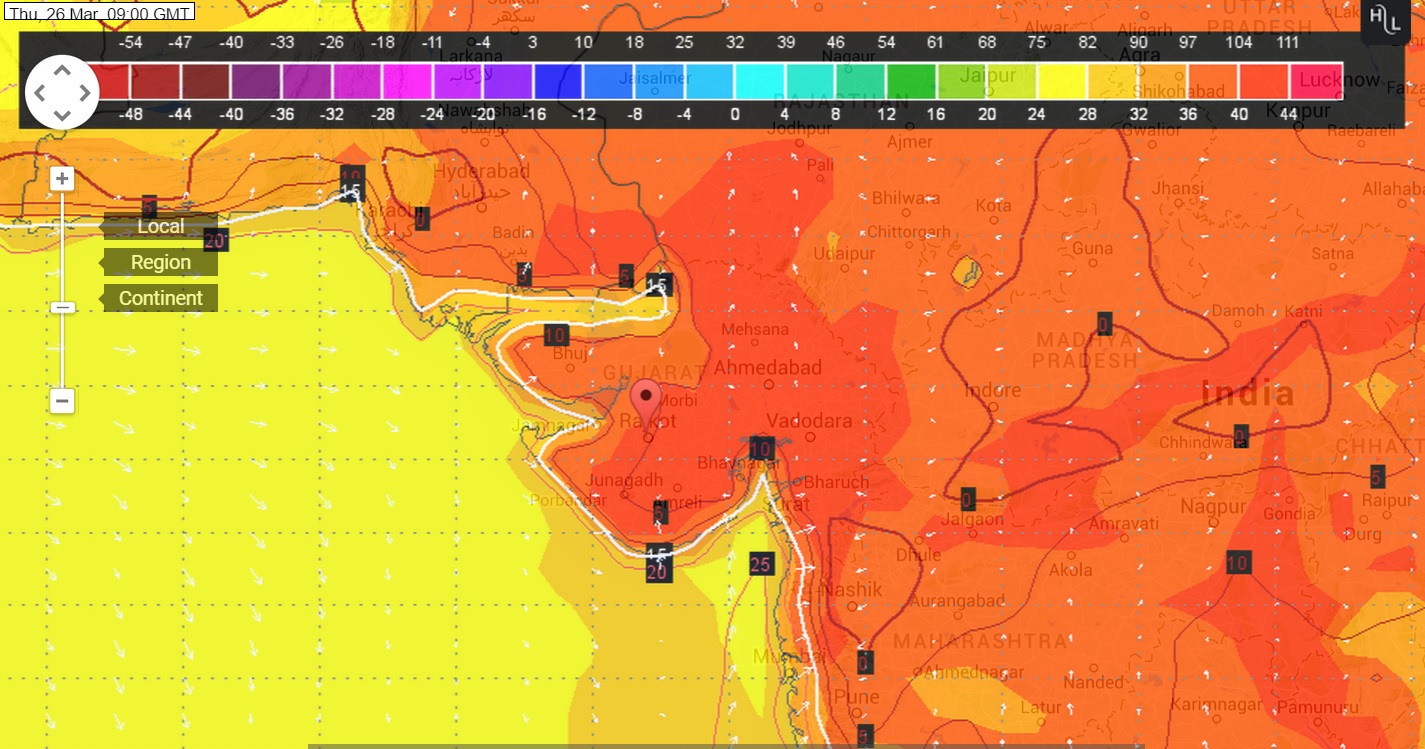

Shipping is more often possible in the Arctic now, and expected to increase further. It is hypothesized that sea ice decline also makes the jet stream weaker, which would cause more persistent and extreme weather in mid-latitudes. Sea ice loss is one of the main drivers of Arctic amplification, the phenomenon that the Arctic warms faster than the rest of the world under climate change.

In September 2020, the US National Snow and Ice Data Center reported that the Arctic sea ice in 2020 had melted to an area of 3.74 million km 2, its second-smallest area since records began in 1979. The IPCC Sixth Assessment Report (2021) stated that Arctic sea ice area will likely drop below 1 million km 2 in at least some Septembers before 2050. The region is at its warmest in at least 4,000 years and the Arctic-wide melt season has lengthened at a rate of five days per decade (from 1979 to 2013), dominated by a later autumn freeze-up. It is also thought that summertime sea ice will cease to exist sometime during the 21st century. The decline of sea ice in the Arctic has been accelerating during the early twenty‐first century, with a decline rate of 4.7% per decade (it has declined over 50% since the first satellite records). Global warming, caused by greenhouse gas forcing is responsible for the decline in Arctic sea ice. It has been melting more in summer than it refreezes in winter.

Sea ice in the Arctic has declined in recent decades in area and volume due to climate change. Decline in arctic sea ice volume from 1979 to 2022


 0 kommentar(er)
0 kommentar(er)
